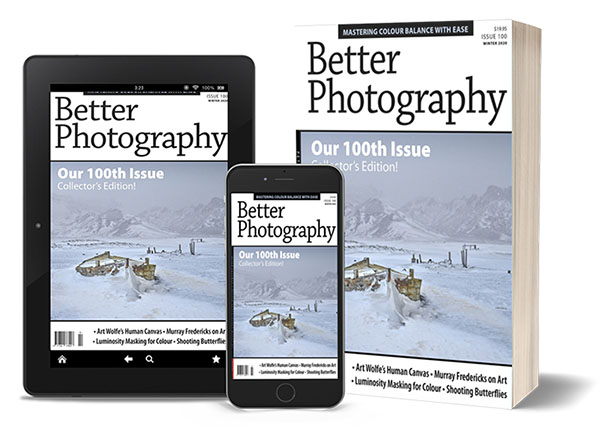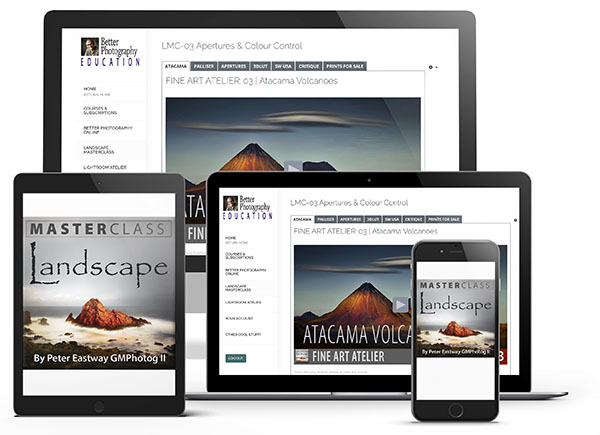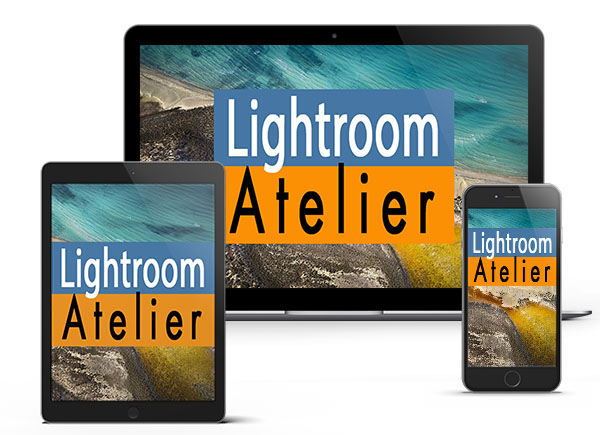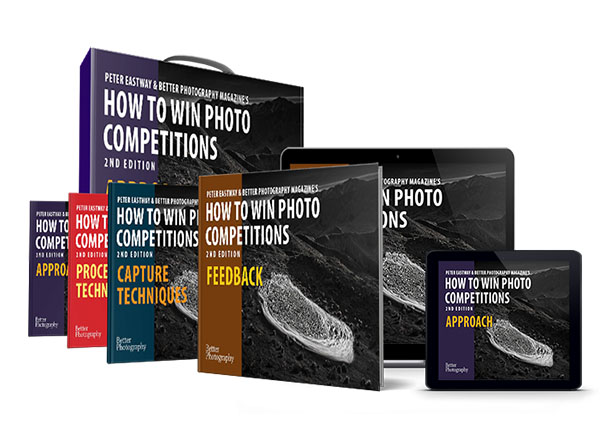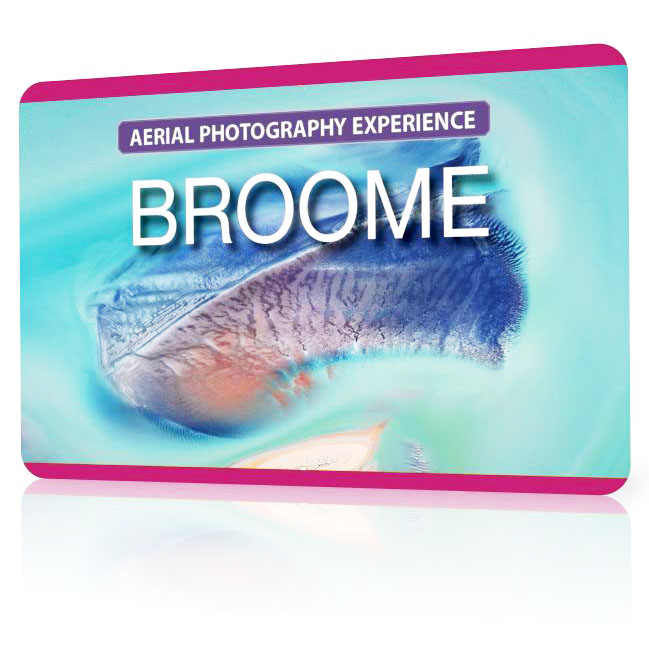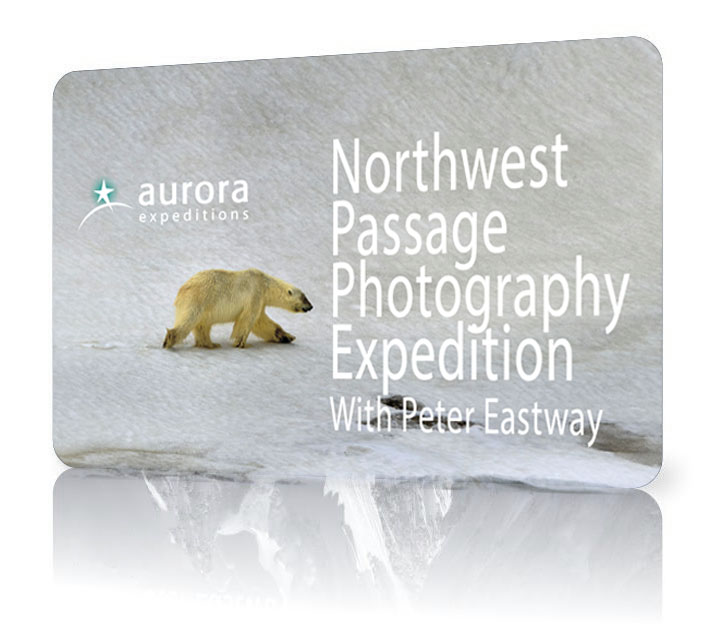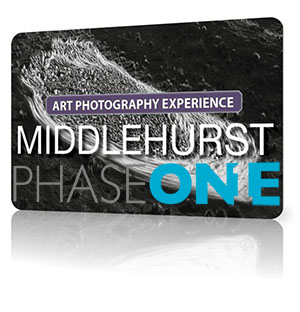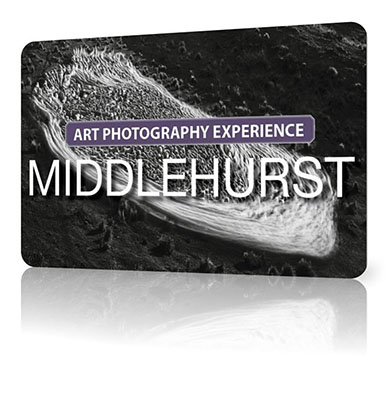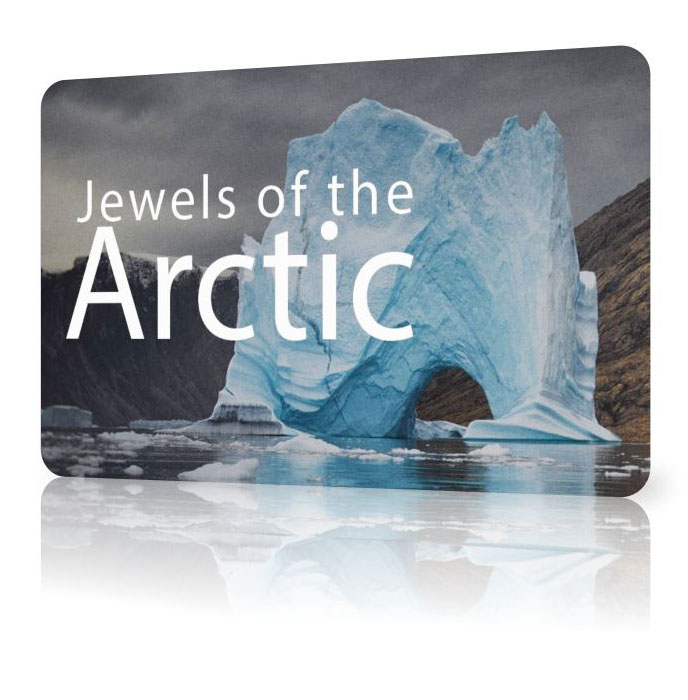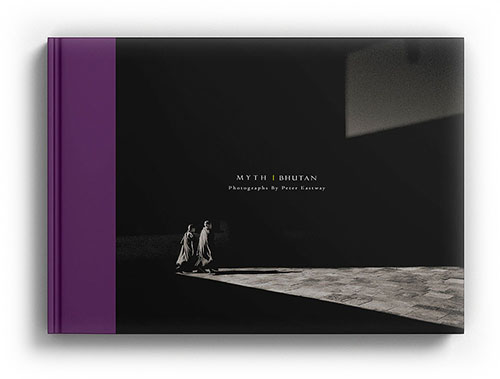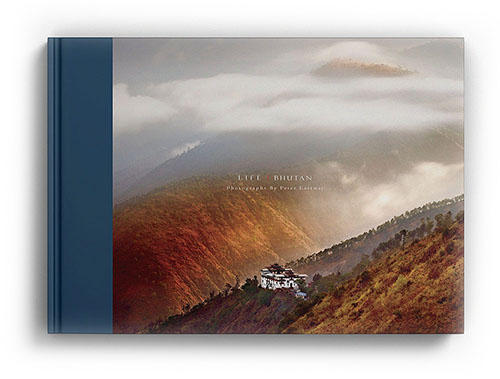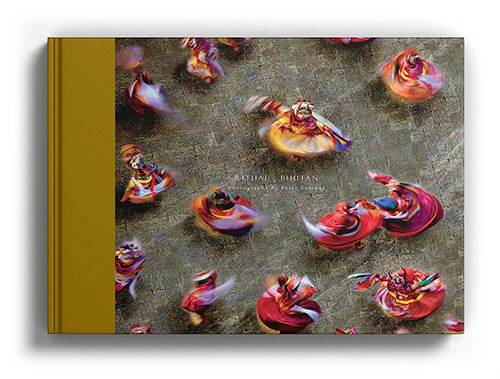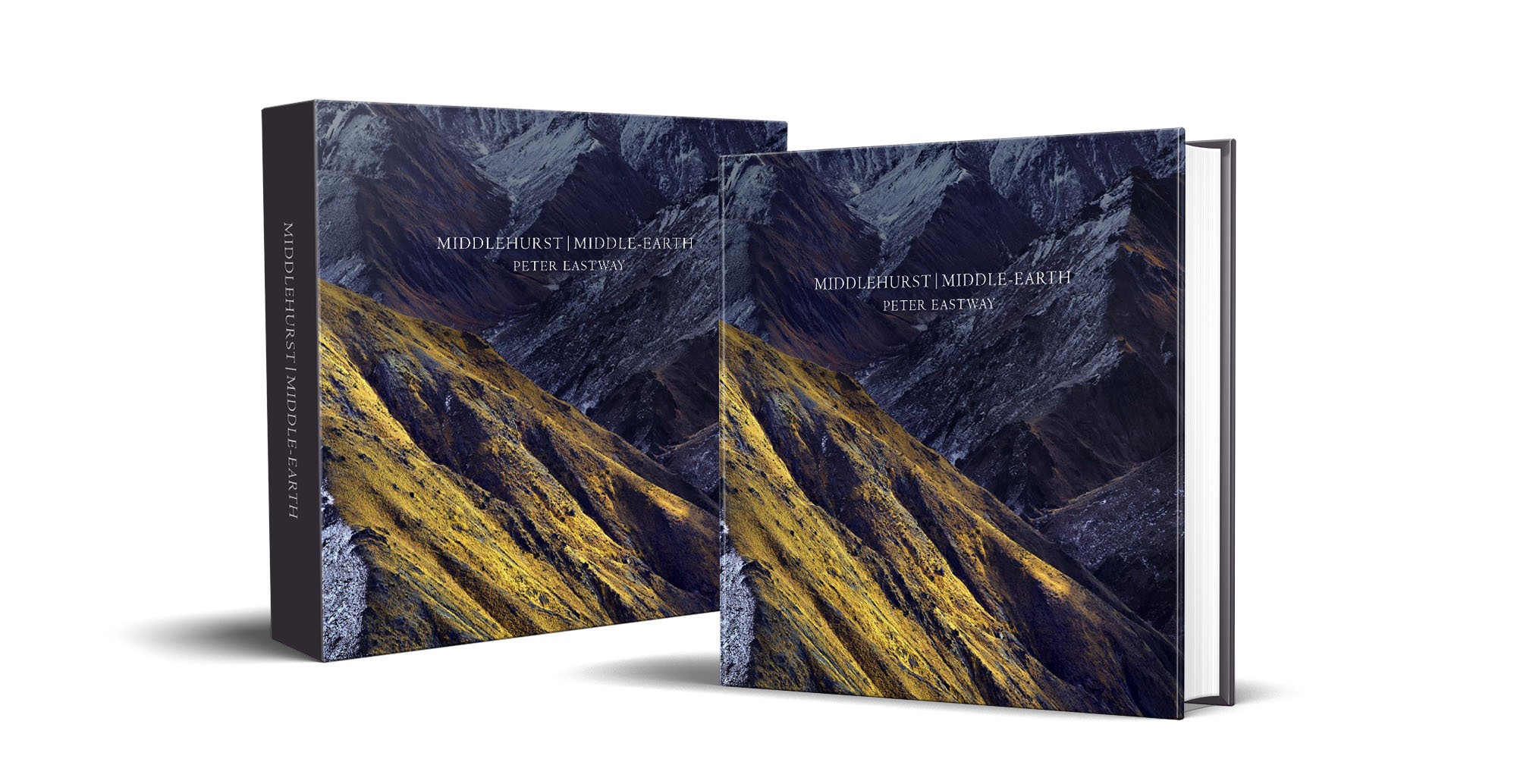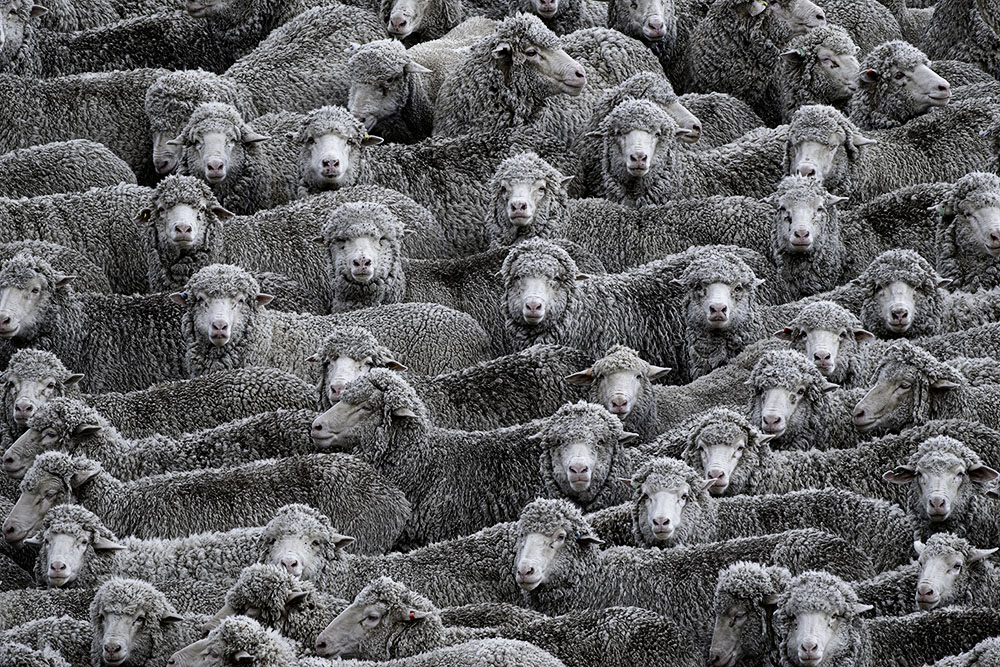Sheep at Middlehurst. Yes, I obviously have a problem with sheep - in this case, I have processed the image with additional sharpening to bring out the texture and detail in the fleeces. Still doesn't translate quite as required for web viewing. Fujifilm X-H2, 150-600mm, 1/500 second @ f8, ISO 1600.
In many ways, backing up our images and safe shooting practices should be much the same whether we're travelling or shooting a project at home. The question becomes, what can you afford to lose? And given how rarely we lose our images, do we restrict other opportunities so we are without risk? Everyone will have their own views on this.
Let's begin with the camera and your storage cards. If you have a two card camera, you can set it to capture a copy of every photograph to both cards, so if one card fails, the image is safely stored on the other card. However, an advantage of a two card camera is expanding how many photos you can capture. The counter argument to this is that you simply buy two memory cards with greater capacity and have the best of both worlds.
Personally, I only shoot to one card at a time and the second card is sitting there for when I forget to load a fresh card. That for me is a more likely problem than storage failure. (Unless I'm shooting a wedding - then I back up as I go! I'm not usually shooting weddings when i travel!)
However, if you have a large capacity card and it fails, you risk losing a lot of images. But when I'm travelling, I don't want a box of memory cards I can potentially lose. My approach is to download the shoots every evening onto my laptop and a separate back-up drive. I don't delete them from the memory card (assuming I have sufficient cards for the trip). So, at the end of each day, I have three copies of my photos.
Eventually, my memory card fills up, so I change cards. I usually have sufficient cards so I won't need to delete photos at any time, the exception being when shooting aerials and wildlife. So, if I do have to re-use a memory card, I will use a second back-up drive so I still have three copies of every file.
I'm sure this process could be strengthened further, but to date (touch wood) it has served me very well. And when I look back to the days when we shot Kodachrome film and posted it back to Melbourne for processing, and then Kodak posted it to your home, how much safer am I already!

